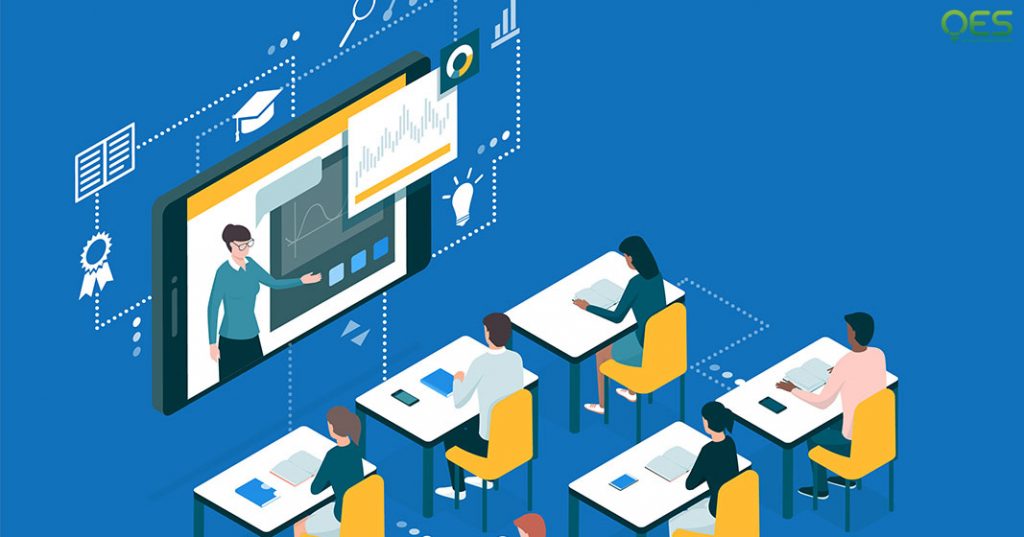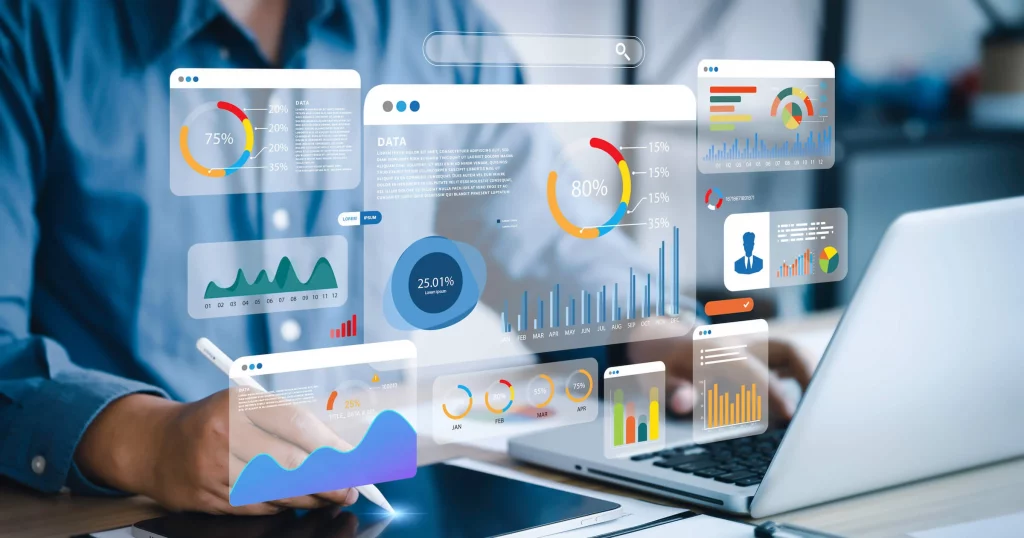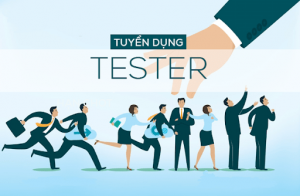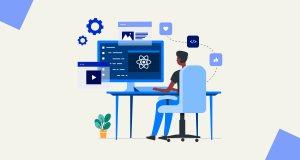In today’s digital age, Information Technology (IT) software has become an indispensable part of education and e-learning. The integration of IT software in education has revolutionized traditional learning methods, making education more accessible, personalized, and interactive. This article aims to highlight the role of IT software in enhancing education and e-learning experiences, discussing its benefits and future potential.
Enhancing Education with IT Software
Accessibility and Inclusivity
IT software plays a crucial role in making education accessible to a wider audience. E-learning platforms and educational software break down geographical barriers, enabling students from different parts of the world to access quality education. Tools such as Learning Management Systems (LMS) allow educators to deliver content online, ensuring that students can learn anytime, anywhere.

Personalized Learning Experiences
One of the significant advantages of IT software in education is its ability to provide personalized learning experiences. Adaptive learning software uses data analytics to tailor educational content to individual learning styles and paces. This personalization helps in addressing the unique needs of each student, enhancing their learning outcomes and engagement.

Interactive and Engaging Learning
Information technology software introduces interactive elements into the learning process, making it more engaging. Educational software includes multimedia presentations, interactive simulations, and virtual labs that enhance understanding and retention of complex concepts. Gamification elements in e-learning platforms further motivate students by making learning fun and competitive.

Benefits of IT Software in E-Learning
Flexibility and Convenience
E-learning software offers unparalleled flexibility and convenience, allowing students to learn at their own pace and on their own schedule. This flexibility is especially beneficial for working professionals and adult learners who need to balance education with other responsibilities. IT software supports various learning formats, including asynchronous and synchronous learning, catering to diverse learner preferences.
Cost-Effectiveness
The use of IT software in education often results in significant cost savings. It reduces the need for physical infrastructure, such as classrooms and printed materials, leading to lower expenses for both educational institutions and students. Additionally, digital resources can be easily updated and reused, further reducing costs over time.
Expanding Educational Opportunities
IT software expands educational opportunities by providing access to a vast array of courses and programs. Students can enroll in courses from prestigious institutions around the world without the need to relocate. This access to diverse educational resources allows students to broaden their knowledge and skills, preparing them for a global job market.
The Future of IT Software in Education and E-Learning
Advanced Technologies Integration
The future of IT software in education will be shaped by the integration of advanced technologies such as Artificial Intelligence (AI), Virtual Reality (VR), and Augmented Reality (AR). AI-powered software can provide real-time feedback and personalized learning paths, while VR and AR can create immersive learning environments, enhancing the understanding of complex subjects.
Enhanced Collaboration and Connectivity
Future IT software will enhance collaboration and connectivity among students and educators. Cloud-based platforms and collaborative tools will facilitate real-time communication and teamwork, regardless of physical location. This connectivity will foster a more inclusive and interactive learning environment, promoting global collaboration.
Data-Driven Educational Strategies
Data analytics will play a pivotal role in the future of e-learning. Educational software that leverages data analytics can track student performance, identify learning patterns, and provide insights into areas needing improvement. This data-driven approach will enable educators to develop more effective teaching strategies and improve educational outcomes.
Lifelong Learning and Continuous Improvement
IT software will support the concept of lifelong learning, providing opportunities for continuous education and professional development. E-learning platforms will offer a variety of courses and certifications, allowing individuals to update their skills and knowledge throughout their careers. This emphasis on lifelong learning will be essential in adapting to the rapidly changing job market and technological advancements.
Conclusion
IT software is transforming education and e-learning by making learning more accessible, personalized, and engaging. The benefits of IT software, including flexibility, cost-effectiveness, and expanded educational opportunities, are reshaping the educational landscape. As advanced technologies continue to evolve, the future of IT software in education promises even more innovative and effective learning experiences. Embracing IT software in education is crucial for preparing students for the challenges of the future and fostering a culture of continuous learning.













